The Blue Zones Lifestyle: Living Longer By Living Well
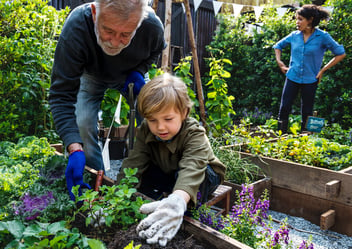
Is health and happiness important to you? Drawing inspiration from people who live in “Blue Zones,” Chuck Chapa presents some ideas that can help improve your day-to-day habits and quality of life.
What if the secret to a longer, healthier life isn’t a pill, superfood, or gym membership—but the small choices we make every day?
That’s the idea behind the Blue Zones, a handful of places worldwide where people consistently live into their 90s and 100s and do so with vitality, purpose, and happiness.
The term “Blue Zones” comes from a project led by National Geographic explorer Dan Buettner, who teamed up with researchers to study five regions where people seem to age better than the rest of us: Okinawa in Japan, Sardinia in Italy, Ikaria in Greece, Nicoya in Costa Rica, and the Seventh-day Adventist community in Loma Linda, California.
Though these places are scattered across the globe, they have a few important things in common. And the most surprising part? They don’t rely on high-tech solutions or rigid health routines. Instead, their secret lies in how they live day to day.
One of the first things you notice about people in Blue Zones is how naturally active they are, not because they’re hitting the gym, but because movement is built into their lifestyle. They walk to visit neighbors, tend gardens, cook from scratch, and do chores by hand. It’s not exercise for the sake of exercise, it’s just life, and it keeps them strong and mobile well into old age.
Their diets are equally down to earth. While each region has its own traditional foods, most meals are centered around plants, especially beans, vegetables, whole grains, and nuts. Meat is more of a side note than a centerpiece, usually eaten just a few times a month. In Okinawa, there’s even a practice called hara hachi bu, a reminder to stop eating when you’re 80% full. It’s a small habit that adds up over decades.
But the most powerful part of the Blue Zones lifestyle isn’t what’s on their plate or how often they move, it’s how they connect with the world around them.
People in these communities tend to have strong social bonds and a deep sense of purpose. They live close to family, check in on their neighbors, and are part of social or spiritual groups that offer connection and support. In Sardinia, older men meet up in town squares to talk and laugh over wine. In Loma Linda, shared faith helps shape a slower, more intentional pace of life.
And then there’s ikigai, a Japanese word loosely translated to “reason for being.” In Blue Zones, people often wake up with something to look forward to, whether it’s caring for a grandchild, volunteering in their community, or simply tending to their garden. That sense of purpose, however quiet or humble, has been linked to lower stress, better heart health, and even longer life expectancy.
These people also know how to relax. Whether it’s a mid-afternoon nap, a moment of prayer, or sitting down for a leisurely meal with loved ones, they make time to rest and reset. That daily pause helps them manage stress and avoid the chronic inflammation that’s linked to so many modern illnesses.
The beauty of the Blue Zones lifestyle is that it isn’t about perfection. It’s about small, sustainable habits that add up over time. You don’t need to uproot your life to live like a Sardinian shepherd or a Japanese farmer. You can start by walking more, sharing meals with people you care about, and reconnecting with what gives your life meaning.
In a world that often pushes us to do more faster, the Blue Zones offer a gentle reminder that sometimes the best thing you can do for your health is to slow down, connect, and live with purpose.
If you would like to learn more about Blue Zones or the Blue Zones Project, visit https://info.bluezonesproject.com/home.
SHARE THIS POST
About the Author
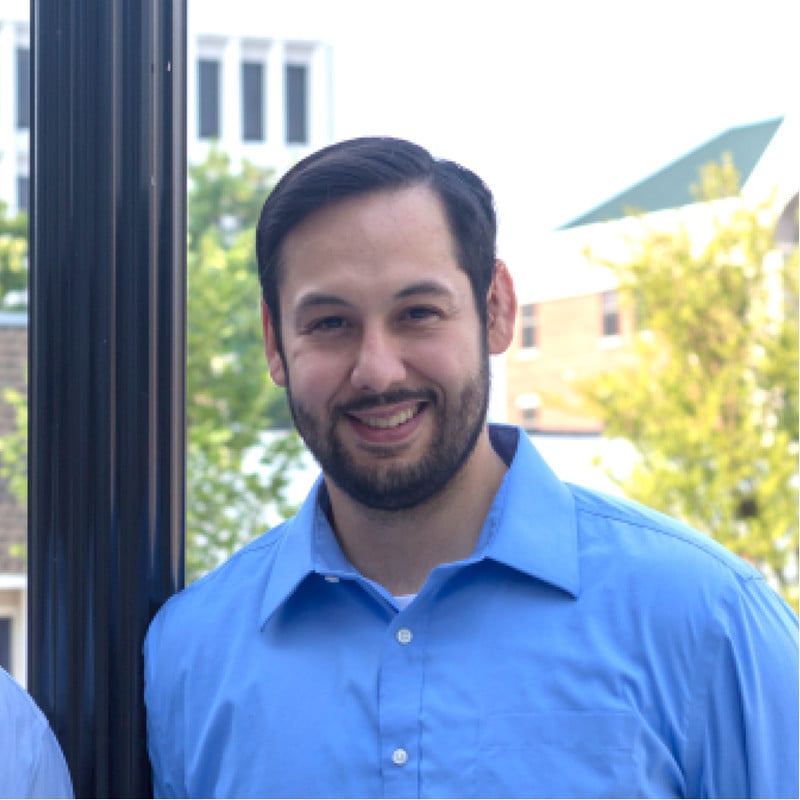
Chuck holds a B.S. in Health Promotion with a minor in Nutrition from Appalachian State University. He is a Master Nationally Certified Health Education Specialist MCHES, a Certified Mental Health First Aid Instructor, and holds several certifications in Wellness Program Management from both the National Wellness Institute and The Chapman Institute.
Chuck is passionate about helping the groups he serves improve their health and benefit literacy through strategies and programs targeted to provide overall positive outcomes.


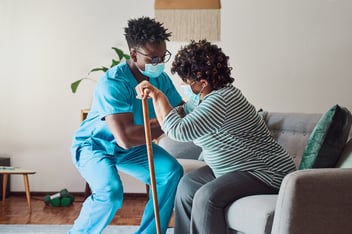
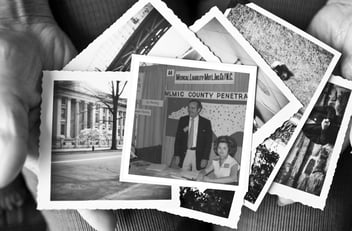



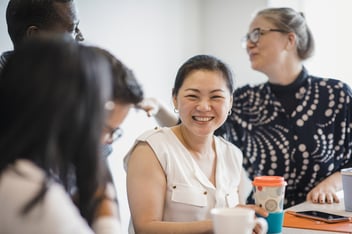

Comments